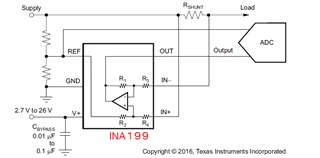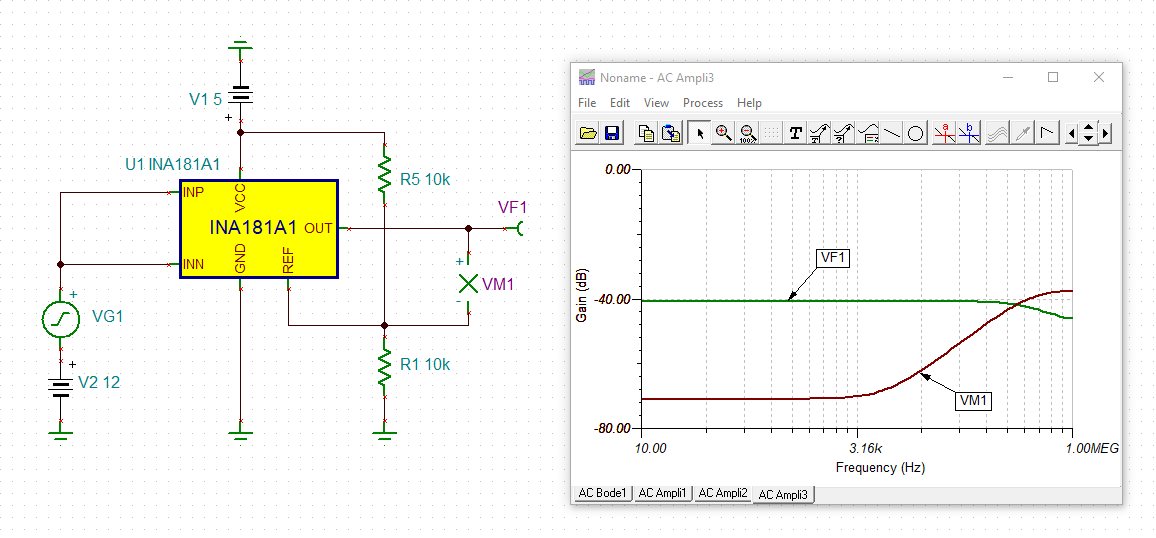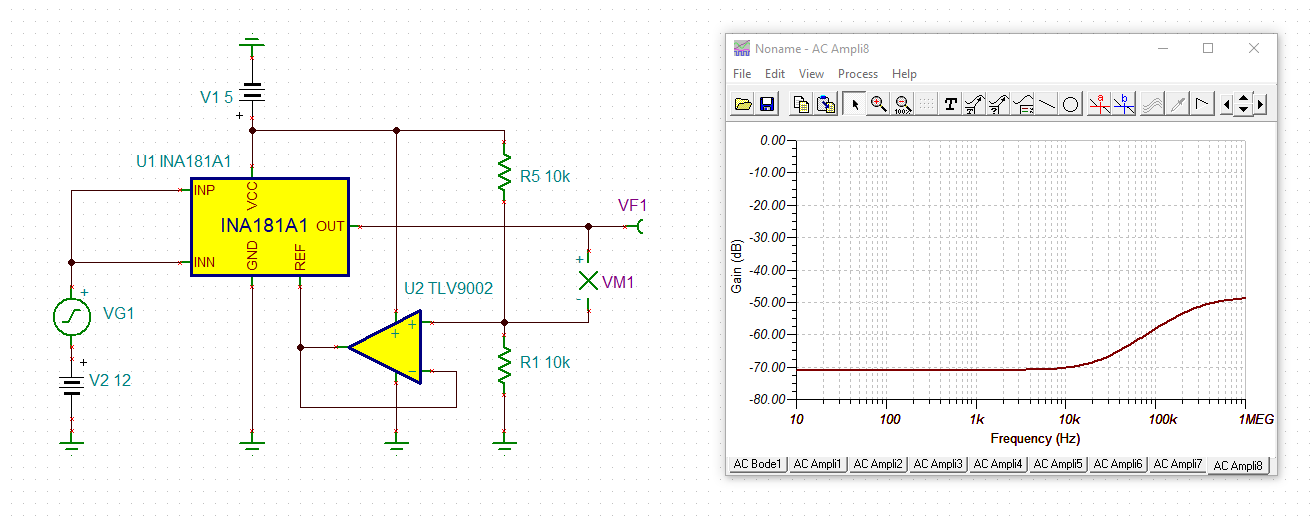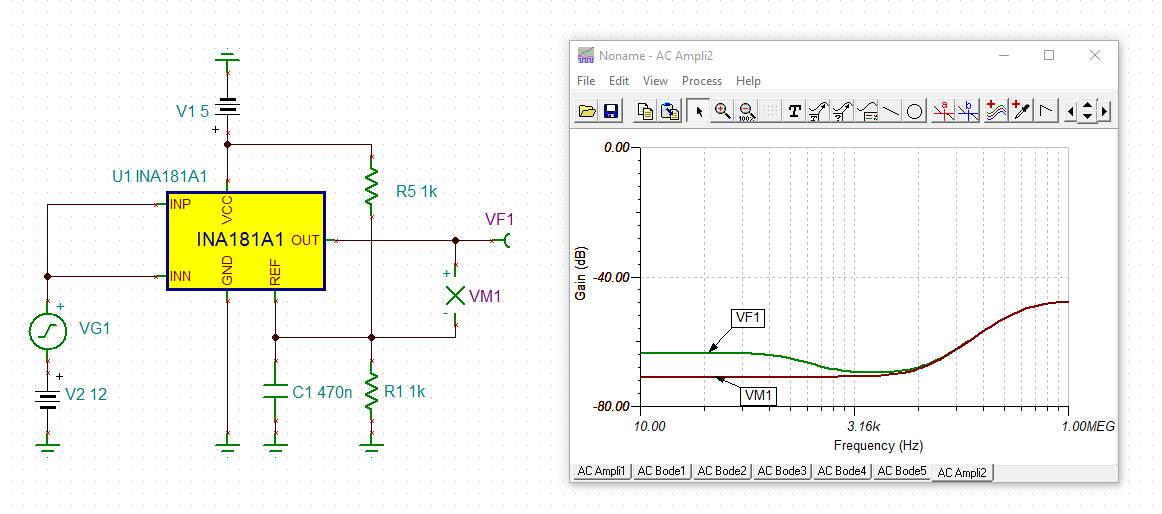Other Parts Discussed in Thread: INA199, INA181
Hi team,
I notice that in the datasheet, the voltage applied toCis from a voltage follower as shown below. One additional operational amplifier is used and cost increases.

1) Can we just remove the operational amplifier and only use the divider resistors to get the reference voltage? How much will it influence our output accuracy?
2) Or similarly as the application notes in INA199, can we send the REF to the ADC port to reduce the influence of REF input impedance? (figure below)Do you think this method is also OK in INA181?







